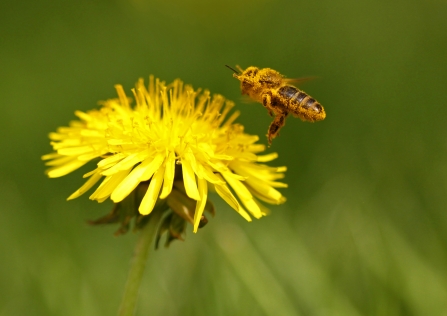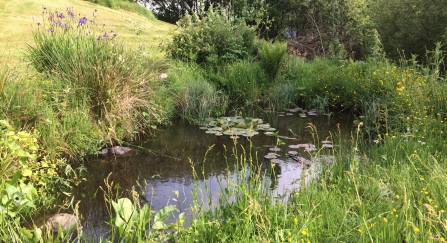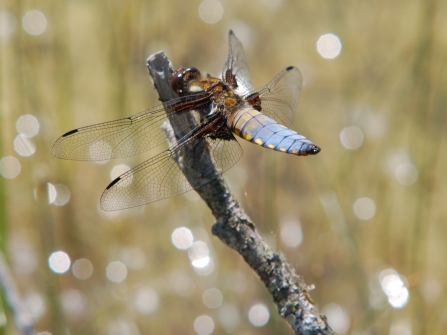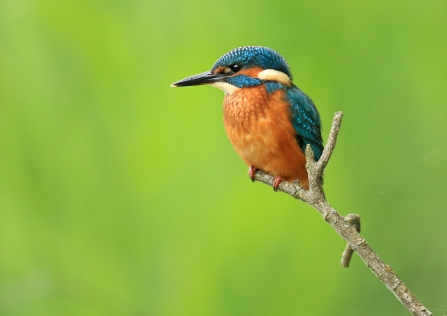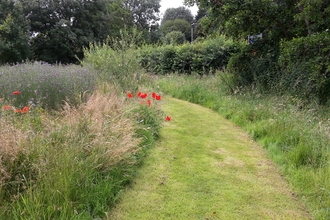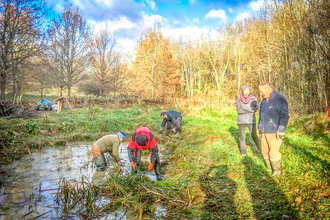After congratulating ourselves on getting our 2020 programme of great indoor and outdoor events fixed early in the new year, lockdown changed it all. Benson Nature Group (BNG) had to cancel its forthcoming events so the team put its minds to finding ways to help our community continue to enjoy nature in and around our village.
We hope by sharing our recent activities, we'll inspire other local communities to get involved with protecting and restoring their local wildlife too.
One of the few benefits of lockdown was the lack of noise and air pollution, and the rare chance to really study and enjoy nature in our backyard.
The sounds of birdsong had been more noticeable and those of us lucky enough to have gardens were able to potter in them and investigate what wildlife was there. And of course, the benefits for our own physical and mental health of being out and about in nature attracted much attention in the media.
So, we re-focussed, went virtual and formulated a strategy to encourage people, particularly children and young people, to notice, appreciate and record our local nature. This involved:
- A practical session on citizen science/wildlife recording.
- Encouraging residents to share and record observations during their daily exercise on our Twitter and Facebook pages.
- A garden breeding bird survey.
- Providing information and advice on how to encourage wildlife, particularly pollinating insects, into gardens and green spaces.
Starting out – Learning how to record wildlife
Instead of the face-to-face session planned for April, Donal McGurk, BNG’s Secretary, recorded a session on “Observing and Recording” on BNG’s newly created YouTube channel to help people get started. Donal explained that his training as an aviator, scanning the skies to identify (enemy) aircraft had given him a solid foundation for observing, but he lacked confidence to accurately identify what he came across in the natural world.
Many traditional recording schemes were designed for “experts” whereas what he needed was something for “amateurs” that would help in identification.


